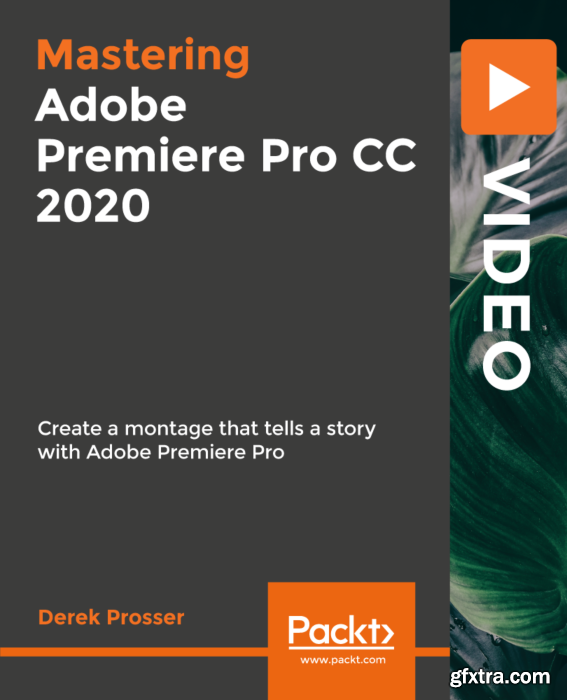
And if you move a clip up when there’s another clip on the higher track, the lower clip will erase the higher clip. NOTE: You can’t move audio up into the video tracks and you can’t move video down into the audio tracks. We need another option.Īh, yes! Press the Option / Alt key to select one side of a clip, then, while still pressing the Option key, type either the Up/Down arrow keys to move the selected clip up or down. Sometimes, we need to move just the audio side of a linked clip up or down in the Timeline. This gives you the option of selecting just one side of a clip. If you need to select one side of a linked clip – say, just the video or just the audio – hold the Option / Alt key prior to clicking.

Enter +90 to move 90 frames to the right, or -2000 to move twenty seconds left. You don’t need to add punctuation, nor worry about math. Select the clips you want to move, then type the + key to move clips to the right, or – key to move clips to the left. Be sure the clips you want to move are not blocked by other clips in the direction you want to move. If you need to move a clip, or a group of clips, precisely, use timecode. Then, drag the sequence from the Project pane into the Timeline to add just that section to your edit. The New Item icon turns blue when it senses a new clip on top of it.Ī nest allows us to add a sequence into a sequence for example adding the opening credits to a program.Ī fast way to nest a portion of a sequence into another is to switch to thumbnail mode in the Project pane, hover-skim the thumbnail, then set an In and Out for the section of the clip you want. NOTE: You could also Control-click inside the Project pane and choose Import, but that’s pretty boring.ĭrag a clip on top of the New Item icon in the lower right corner of the Project pane to create a new sequence AND match the sequence settings to the clip. This is a great tip when you know exactly what you want and where it’s stored. Double-click anywhere inside the Project pane to display the Import Media dialog. NOTE: You could also use a number, letter or symbol, but that just looks tacky. So, I start all sequence names with a space, which means that sequences always bubble up to the top of the Project pane, regardless of how media clips are named. However, the fact that the Project pane displays everything alphabetically sometimes drives me nuts. I am a fan of list view for projects and thumbnail view for media.

This scales the image to fit the project frame size, without damaging quality AND shows the amount the image was scaled in Effect Controls. Now, with the latest version of Premiere, go to Preferences > Media and change the Default Media Scaling from None to Set to Frame Size. Displaying these clips at 100% size means that we need to scale them before we can edit them. Today, we often shoot 4K media to edit into an HD project. NOTE: There was a default preference setting for image scaling, but it only made things worse because it never reset the Scale parameter, as well as reducing the image quality if you needed to zoom into the image to create a new frame. This isn’t bad, but, costs us time and energy when we reframe it.

In the past, when you added a new clip to the Timeline, Premiere displayed it at 100% size. NOTE: Here are more tips for Adobe Audition CC and Adobe Media Encoder. And, like all good editing, the tips start long before you start adding clips into the Timeline. Some of these have been around for a long time, however, one is brand new with the latest version of Premiere. Here are several tips that save me time every time I edit in Premiere. There’s nothing like a good tip to save time and make me feel like I’m a power user.


 0 kommentar(er)
0 kommentar(er)
